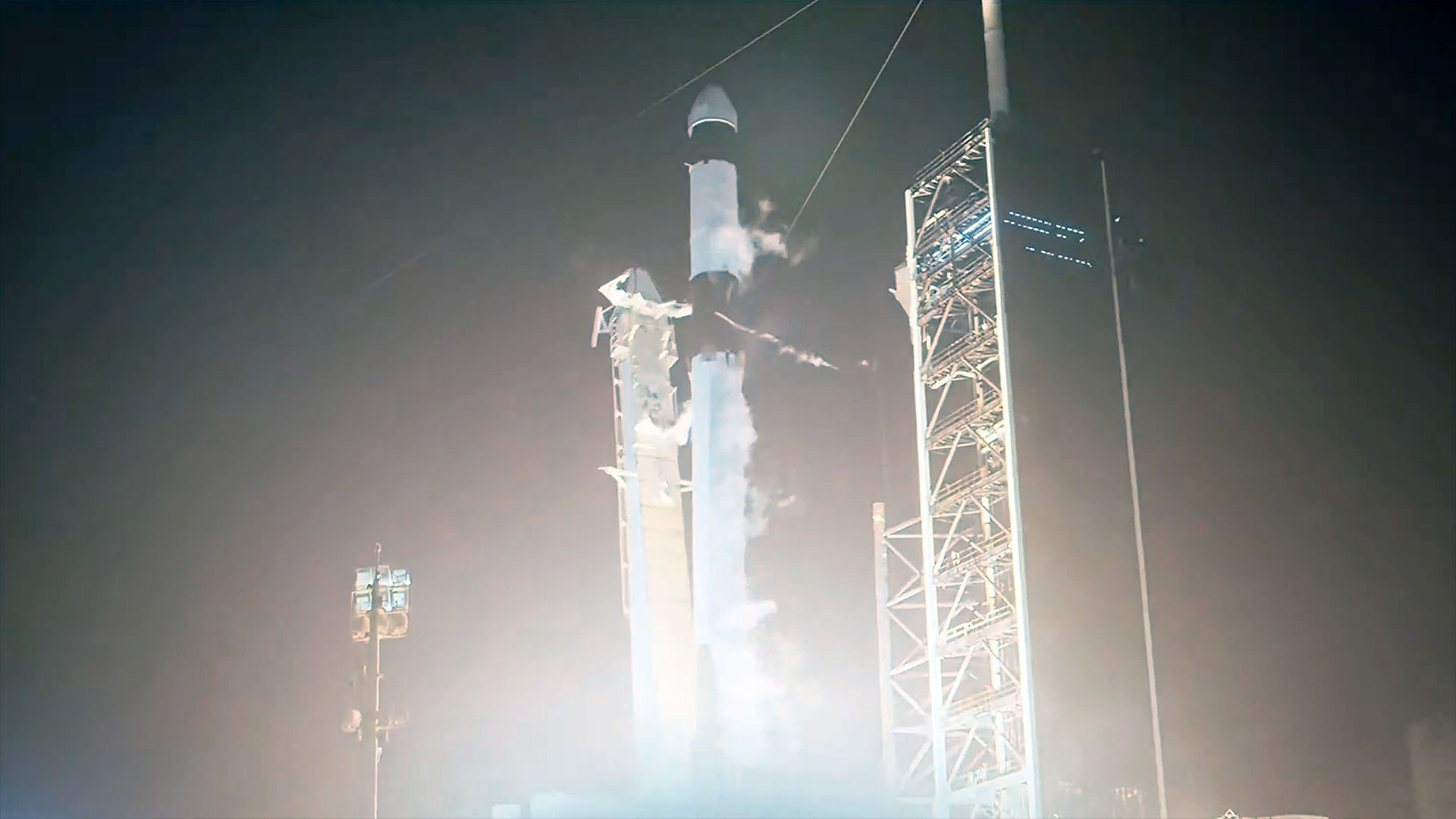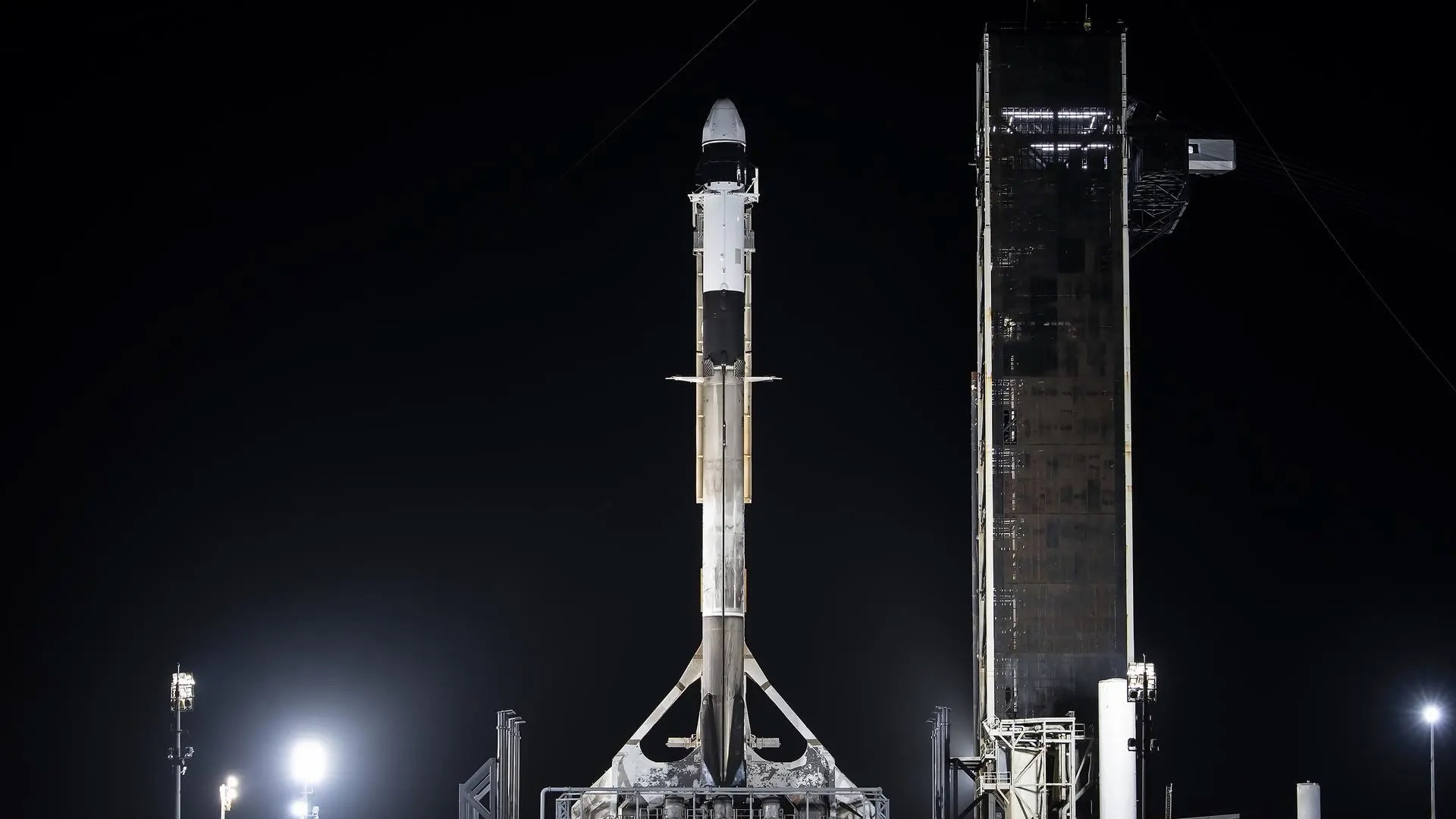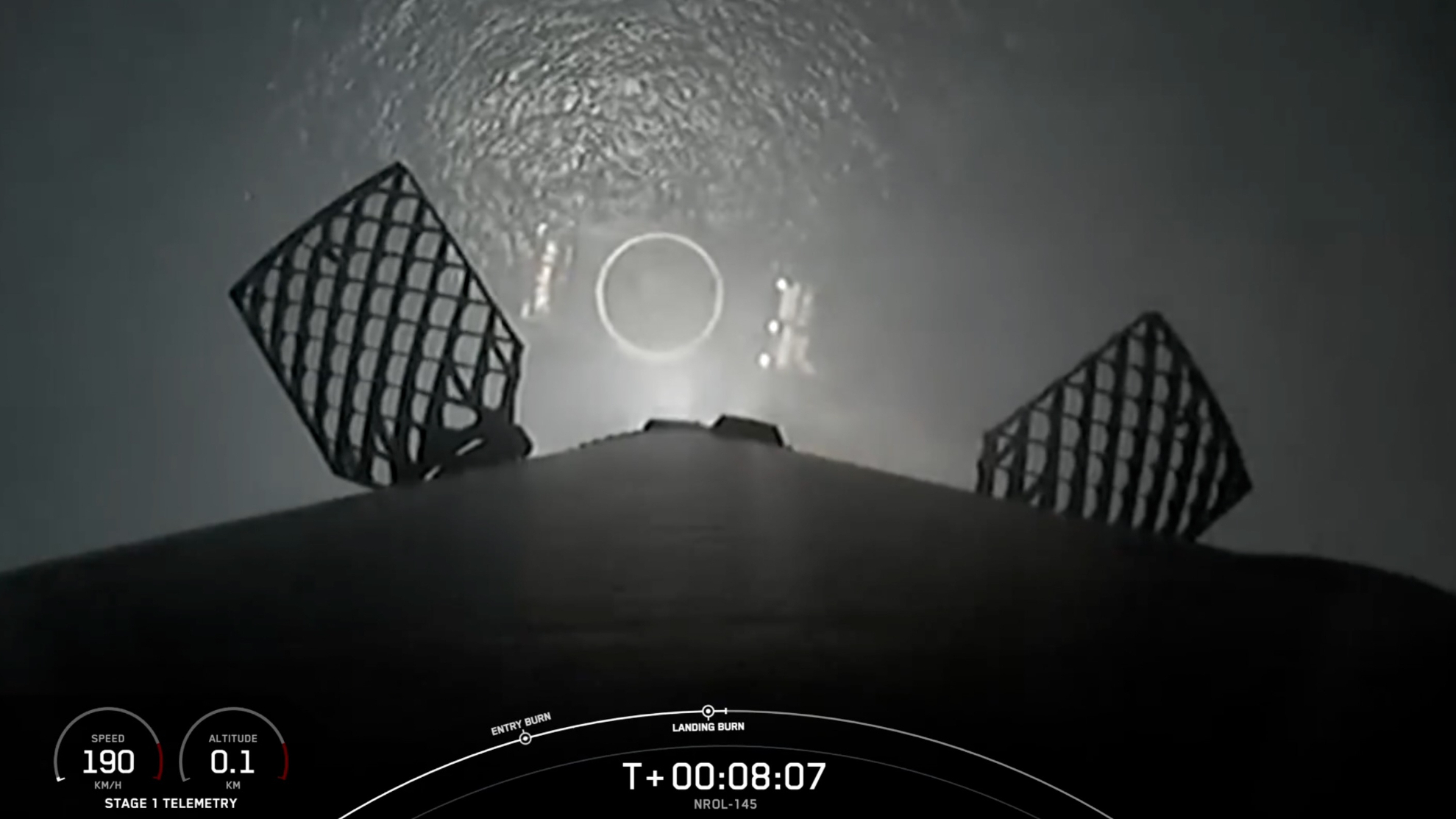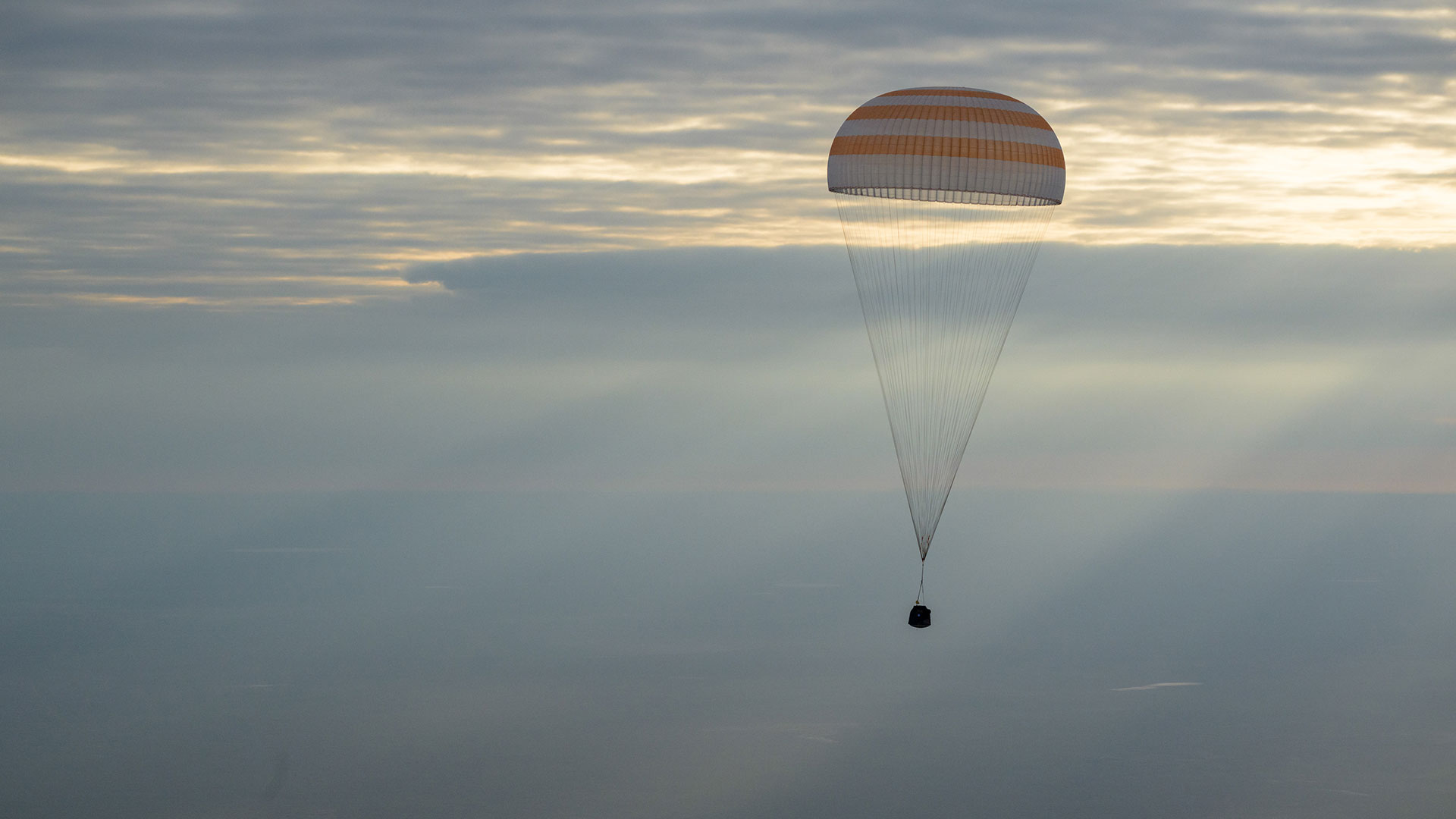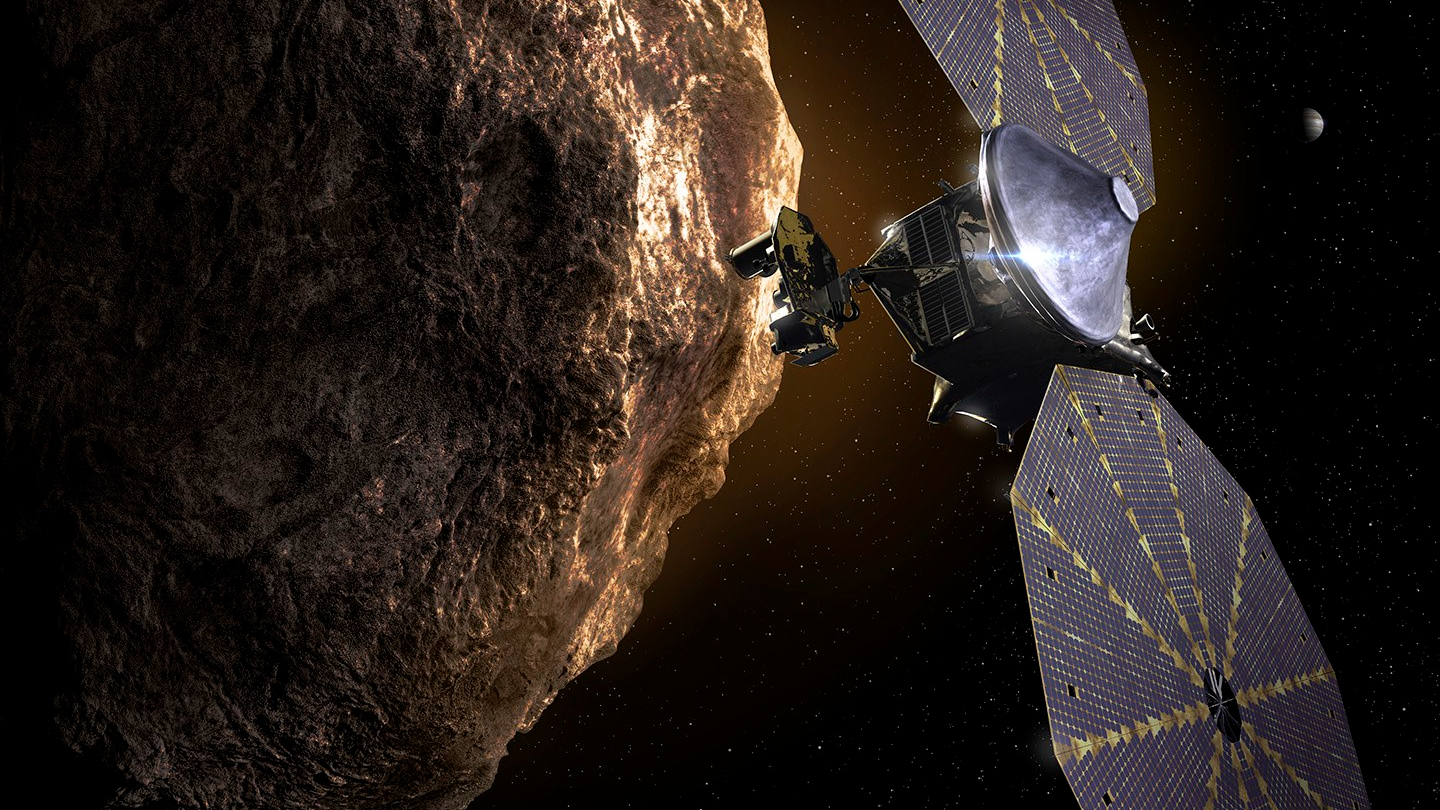Editor's Note: This article was updated Nov. 15 with a new launch date and time; the launch has been delayed again due to weather.
An Antares rocket is due to launch from Wallops Island, Virginia, early on Saturday (Nov. 17) morning and should be visible, weather permitting, from parts of the Eastern Seaboard.
In good weather, those who live near and along the Atlantic seaboard and west to the Appalachians will get a great opportunity to see the two-stage rocket, developed by Northrop Grumman, carry cargo toward the International Space Station. The craft will launch from Pad 0A at the Mid-Atlantic Regional Spaceport (MARS) located at NASA's Wallops Flight Facility. This flight (NG CRS-10), will be the 11th planned flight of the uncrewed resupply spacecraft Cygnus and the vessel's 10th flight to the International Space Station under a Commercial Resupply Services contract with NASA. Previous flights were under the branding of Orbital ATK, which was absorbed by Northrop Grumman on June 6.
To reach the space station, Antares must launch when Earth's rotation carries the launch pad into the plane of the station's orbit. For this upcoming mission, that will happen at 4:01 a.m. EST (0901 GMT) on Nov. 15. Besides watching the early morning sky, you can view the launch online here at Space.com, courtesy of NASA TV. [Launch Photo: Orbital ATK's Antares Rocket & Cygnus OA-9 Soar to ISS!]
This mission's launch configuration is noticeably different from those of the space station resupply missions launched from Cape Canaveral, Florida. Those launches, originating from the state's "Space Coast," bring the path of the resupply cargo craft nearly parallel to the U.S. East Coast. But in the case of Antares, the launch trajectory will be toward the southeast and on a course directly away from the U.S. mainland.
The Cygnus spacecraft for this mission is named the S.S. John Young in honor of the former astronaut and U.S. Navy officer. As a NASA astronaut, Young logged 835 hours in space participating in six missions: Gemini 3 and 10, Apollo 10 and 16, and STS-1 and 9.
What to expect

Above, you can see a map provided by Northrop Grumman that shows the rough time at which you can expect to first see Antares after its launch. The diagram shows the time at which the rocket will reach 5 degrees above the horizon, which varies depending on your location. (Five degrees is the cutoff because it's unlikely that you'll be able to view the rocket when it is lower, due to buildings, vegetation and other terrain features.) As an example, using this map when observing from New York shows that Antares will reach 5 degrees above the horizon at approximately 150 seconds after launch (+150 sec).
Get the Space.com Newsletter
Breaking space news, the latest updates on rocket launches, skywatching events and more!
Antares will be visible for most locations by virtue of the light emanating from the craft's first stage.
The first stage uses kerosene and liquid oxygen as propellants. Cygnus will be launched into orbit using Northrop Grumman's Antares 230 launch vehicle, which features RD-181 engines. Antares should appear as a bright, moving star. Observers who use binoculars might also be able to see a short contrail. Because the first stage of Antares is liquid-fueled, the rocket's ascent is slower than those of the solid-fuel Minotaur rockets that have launched from Wallops in past years. Antares will jettison its first stage once that component has spent all its fuel, about 3 1/2 minutes after launch. This stage will then harmlessly break up in the atmosphere and fall into the Atlantic Ocean.
Then, comes a coasting phase after the first-stage shutdown.
The second stage is a solid-fuel rocket, the Castor 30. This second stage, along with the Cygnus spacecraft, is put into a low Earth orbit. After separating from the second stage, Cygnus will then use its own engines to continue on its mission to the space station. The rocket, of course, will not return to Earth; it will continue its ascent, speeding higher and faster toward space.
Where to concentrate your gaze
- South Carolina/Georgia/Florida: liftoff to Stage 1 shutdown, primarily toward the northeast.
- North Carolina/coastal Virginia: liftoff to Stage 1 shutdown, primarily toward the northeast.
- Interior Virginia/West Virginia: liftoff to Stage 1 shutdown, primarily toward the east-southeast.
- Maryland, central/western Pennsylvania: liftoff to Stage 1 shutdown, southeast.
- Delaware, eastern Pennsylvania: liftoff to Stage 1 shutdown, primarily south.
- New Jersey/southeast New York: liftoff to Stage 1 shutdown, south-southwest.
- Coastal southern New England and Long Island, NY: liftoff to Stage 1 shutdown, southwest.
Contingency plans
Should the launch be scrubbed again, Antares will lift off approximately 22 minutes earlier per day. On each day, the launch window will last for exactly 5 minutes.
Viewing details
The Visitor Center and grounds were set to open on Thursday at 1 a.m. ET to support the viewing of the Northrop Grumman commercial resupply flight to the International Space Station; check the site for details about current plans for the new launch date. "The Visitor Center is located approximately 4 miles [6 kilometers] from Wallops Island with a clear view of Pad OA," according to the Visitors Center web page. "Limited parking and seating is available on a first-come, first-serve basis. Arrive early to ensure a space."
For more information about the Visitors Center, including directions, see:
http://www.nasa.gov/centers/wallops/events/viewing_launches.html
The Chincoteague National Wildlife Refuge/Assateague National Seashore will be open for watching the launch. See: http://www.chincoteague.com/viewing-rocket-launches.html
Live launch coverage will begin Thursday, likely at around 3:40 a.m. EST on NASA Television and the agency's website. (And you can watch it here on Space.com, as well, as stated above.) Keep in mind that the video webcast of the launch is sometimes delayed by up to 1 minute.
You can watch Northrop Grumman's Antares rocket launch live here courtesy of NASA TV.
Joe Rao serves as an instructor and guest lecturer at New York's Hayden Planetarium. He writes about astronomy for Natural History magazine, the Farmer's Almanac and other publications, and he is also an on-camera meteorologist for Verizon FiOS1 News in New York's lower Hudson Valley. Follow us on Twitter @Spacedotcom and on Facebook. Original article on Space.com.
Join our Space Forums to keep talking space on the latest missions, night sky and more! And if you have a news tip, correction or comment, let us know at: community@space.com.

Joe Rao is Space.com's skywatching columnist, as well as a veteran meteorologist and eclipse chaser who also serves as an instructor and guest lecturer at New York's Hayden Planetarium. He writes about astronomy for Natural History magazine, Sky & Telescope and other publications. Joe is an 8-time Emmy-nominated meteorologist who served the Putnam Valley region of New York for over 21 years. You can find him on Twitter and YouTube tracking lunar and solar eclipses, meteor showers and more. To find out Joe's latest project, visit him on Twitter.


